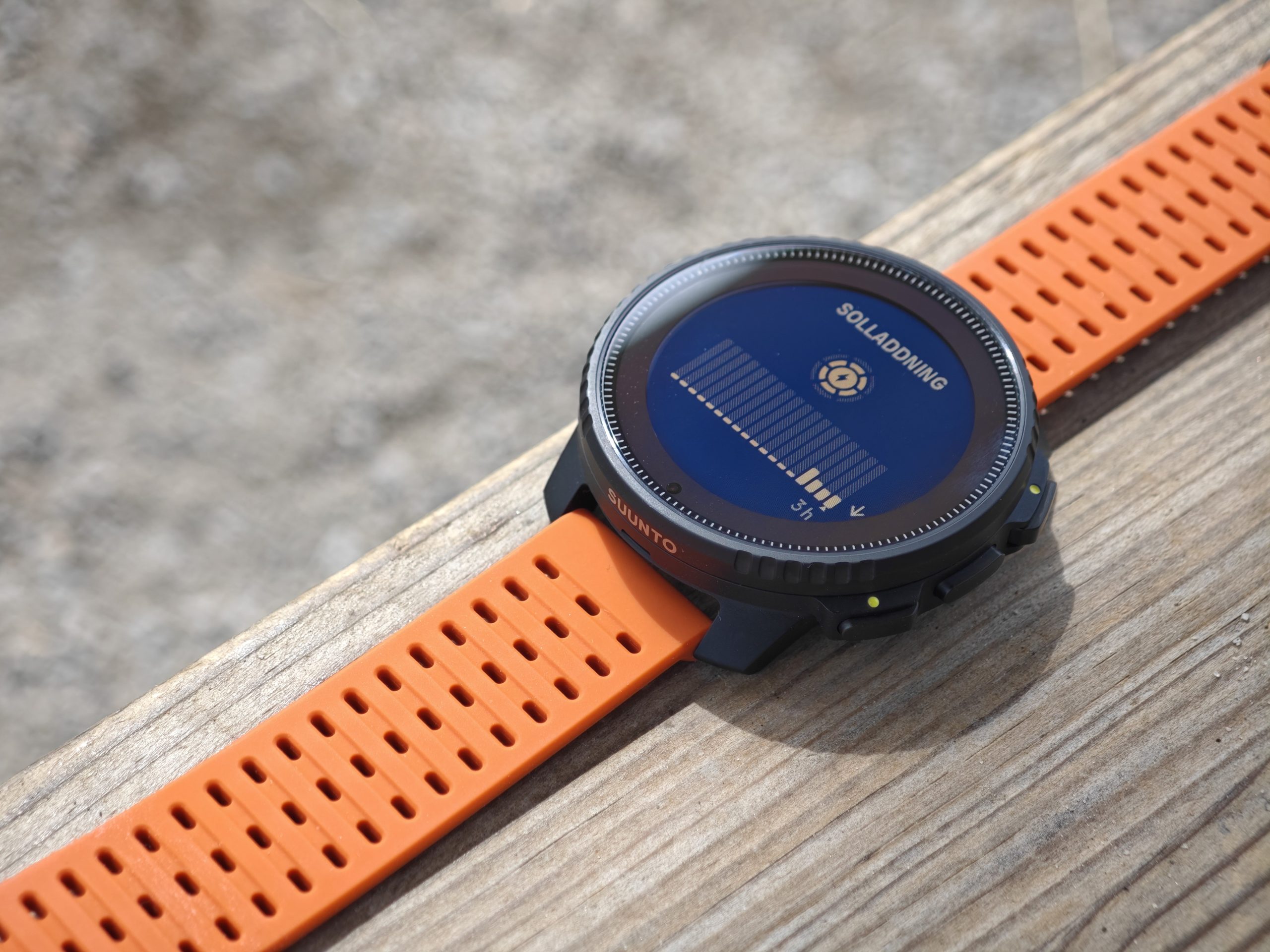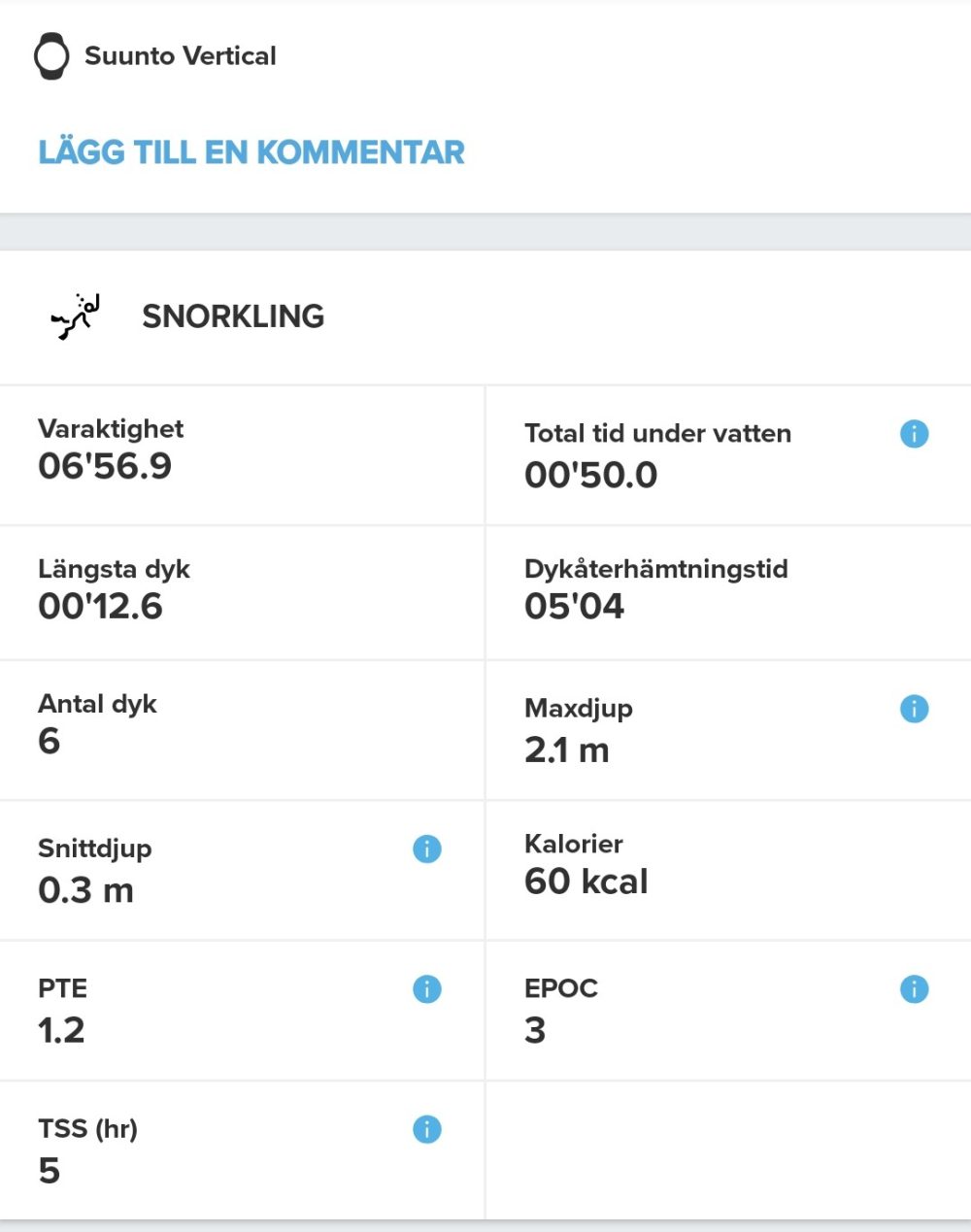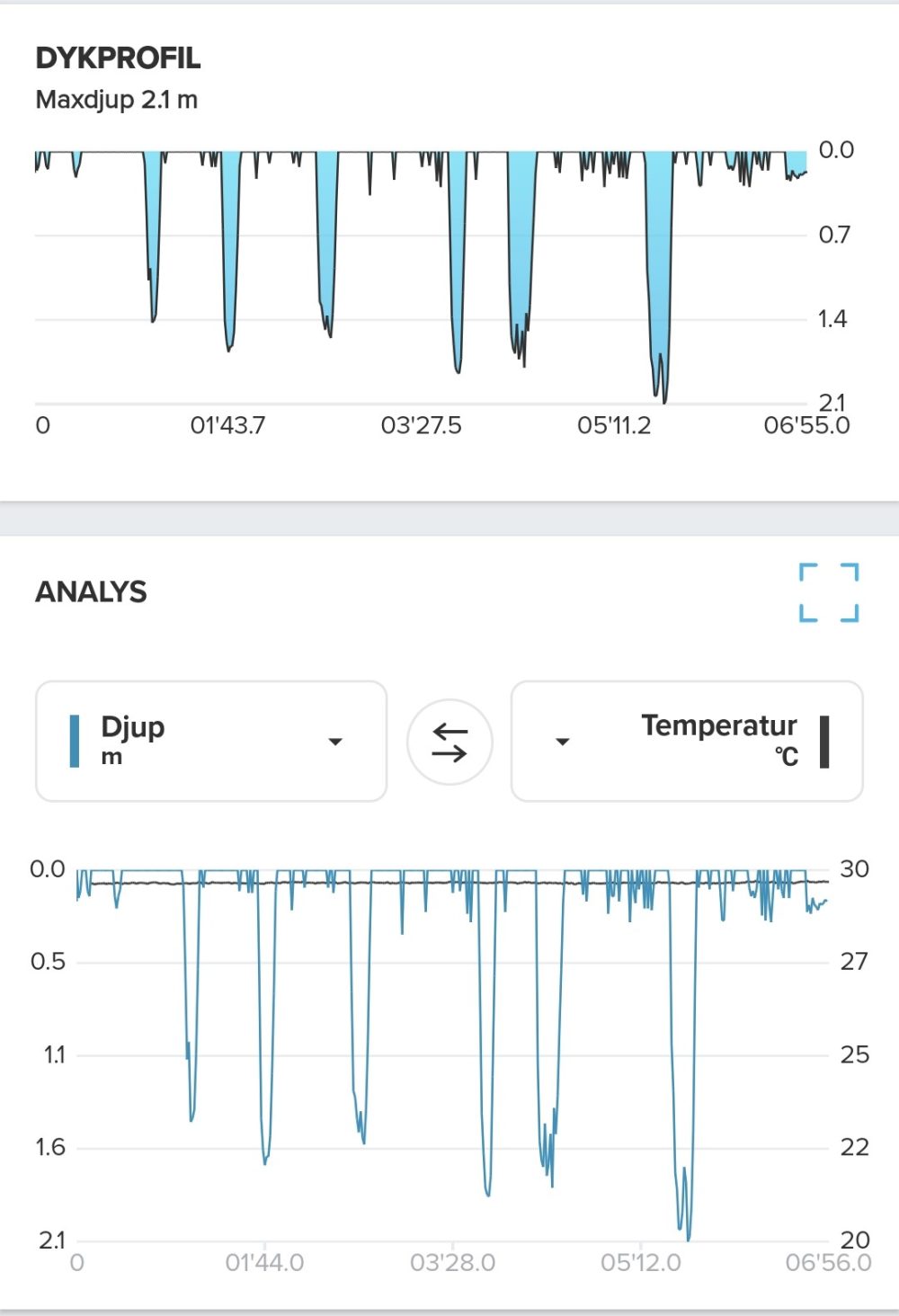TL;DR
The Suunto Vertical Solar Canyon is a robust, no-frills sports watch that excels in battery life, lasting around three weeks on a single charge thanks to its energy-efficient display and solar charging. It offers a vast array of training modes and detailed data analysis via the Suunto app, making it a powerful tool for serious athletes. While its large size might be cumbersome for some, especially in warmer weather, it integrates well into daily and training routines. Key advantages include excellent daylight visibility and reliable smartphone notifications. Though it lacks some niceties found in smaller models, its core functionality and endurance are top-notch. Discover if this durable training companion is the right fit for your adventures.
We recently evaluated Suunto’s latest sports watch, Suunto Run, which garnered a positive rating. This review follows up with another offering from the same manufacturer: the Suunto Vertical Solar Canyon. While the Vertical Solar Canyon shares the same operating system as the Run, the similarities largely end there. The significant size difference also brings a host of functional variations, enhanced capabilities, and diverse training modes. We observed numerous features in the Vertical Solar Canyon that we felt should have been incorporated into the Suunto Run (Suunto’s latest training watch). Despite the size, which presented some challenges, we found the Vertical Solar integrated seamlessly into daily routines, training sessions, and even sleep patterns during our weeks of testing.
A first impression – Vertical Solar Canyon
As previously mentioned, the Vertical Solar Canyon (referred to as Suunto Vertical from this point forward) is a substantial watch. Our testing took place during a warm July, precluding the use of long sleeves, as it’s not a watch that easily slips under a shirt cuff. The size is attributed to the solar cell positioned around the dial, contributing to both the case’s width and height. It features a rubber strap with a traditional clasp and a small pin for securing the strap’s end. While innovative, this design is not without its drawbacks. During the test period, the strap was caught on an object, causing the pin to detach. Recovery was a matter of luck. Charging is facilitated via a cable, as wireless charging is not supported, a detail we found to be inconsequential.
The screen is a 1.4-inch Matrix color display with a resolution of 280×280 pixels. It is not a vibrant AMOLED screen, but for users who prioritize battery life and visibility over visual flair, this display type offers advantages. Battery consumption is noticeably lower, visibility is excellent in daylight without the backlight, and there are no issues with polarized eyewear.

(Foto: senses.se)
Early on, we identified features in the Suunto Vertical Solar Canyon that we desired in the Suunto Run, and vice versa. For instance, the lack of a screen lock on the Suunto Run proved frustrating. The Suunto Vertical incorporates a screen lock that activates after a few seconds and requires a button press to unlock. Furthermore, the Suunto Vertical demonstrates superior synchronization with smartphones compared to the Run. Notifications cleared on the phone are also cleared on the watch. Conversely, the Suunto Run allowed for the addition of multiple quick-access apps, while the Suunto Vertical limits quick access to a single app (in addition to button functionality).
Finally, two key areas warrant attention: the inability to reverse the orientation of the watch face, a matter of personal preference that should be configurable; and the lack of button-only navigation for exiting menus. In many instances, it’s impossible to return to the main screen from a training mode or other menu using only the buttons. Navigation relies on the middle button (crown), which, depending on the active processes, can require multiple presses.

(Foto: senses.se)
Despite its size and weight, the Suunto Vertical feels natural on the wrist throughout the day. The caveat, as previously stated, is that it is best suited for wear with short sleeves, especially during warmer months.
The Suunto Vertical Solar Canyon is undeniably a robust, utilitarian tool designed for training and data provision, prioritizing functionality over entertainment and distractions. This straightforward approach is a definite strength.
Good technical competence with endurance as its forte
We fully charged the Suunto Vertical on July 11th and then stored the charging dock. During the testing period, we interacted with the watch frequently (as is typical with new devices), logged four hours of sailing, swam with it, tested downloadable maps during walks abroad, recorded three hours of cycling, explored the snorkeling mode in a pool, and tracked sleep. All of this was accomplished with the highest GPS accuracy setting and without utilizing any battery-saving functions (Performance, Endurance, Ultra, Tour, and Custom are available), with the exception of the occasional use of the Do Not Disturb function to disable vibration and sound. The battery finally depleted on August 1st at 10:00 PM. The Suunto Vertical, therefore, delivered approximately three weeks of use on a single charge. A full recharge took about an hour.
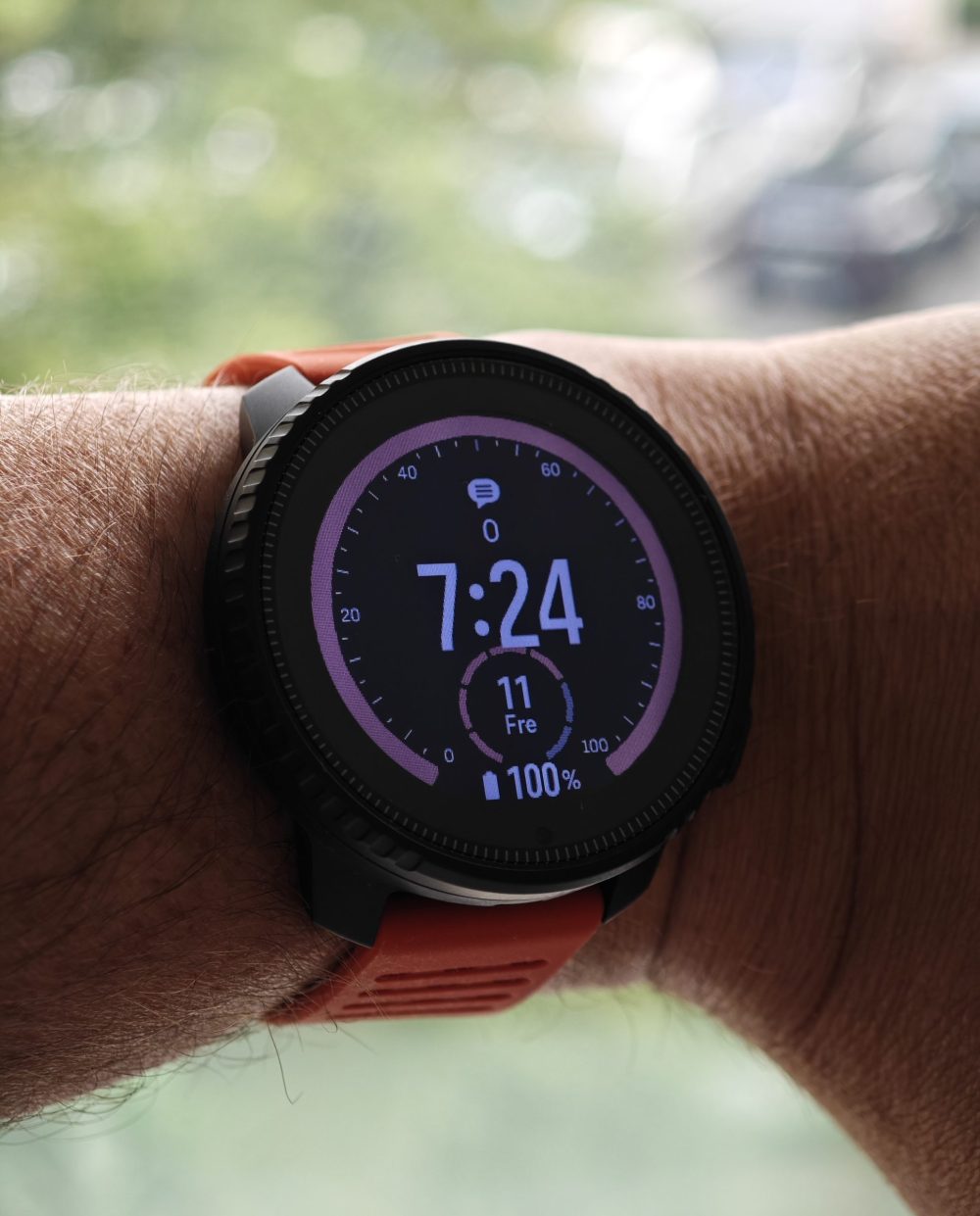
(Foto: senses.se)

(Foto: senses.se)
This extended battery life is facilitated by two factors: the energy-efficient display technology and solar charging. The solar charging capability, however, appears to primarily maintain the battery level. On several occasions, we observed a one percent increase in battery level during a sunny day with normal use. Solar charging is useful for extending battery life but not for fully recharging the device.
Overall, we are thoroughly impressed and satisfied with the battery performance.
Suunto’s own operating system
Similar to the Suunto Run, the Suunto Vertical utilizes a proprietary operating system, resulting in limited smartphone integration. The watch does not support Google Play or the App Store and relies on pre-installed options. The Suunto Plus Store offers a range of training-related apps. However, watch face options are limited, and sound customization is non-existent.
The watch boasts an extensive selection of training modes, exceeding 90. In addition to common activities like running, cycling, and swimming, it includes more specialized options, such as a virtual UTMB (Ultra Trail du Mont Blanc) mode that tracks altitude during a Mont Blanc ascent. Other modes include Disc Golf scoring and, notably, a Daily Tasks mode for measuring training through household chores such as laundry, folding clothes, mopping, and making the bed.
Training modes we have tested
Sailing
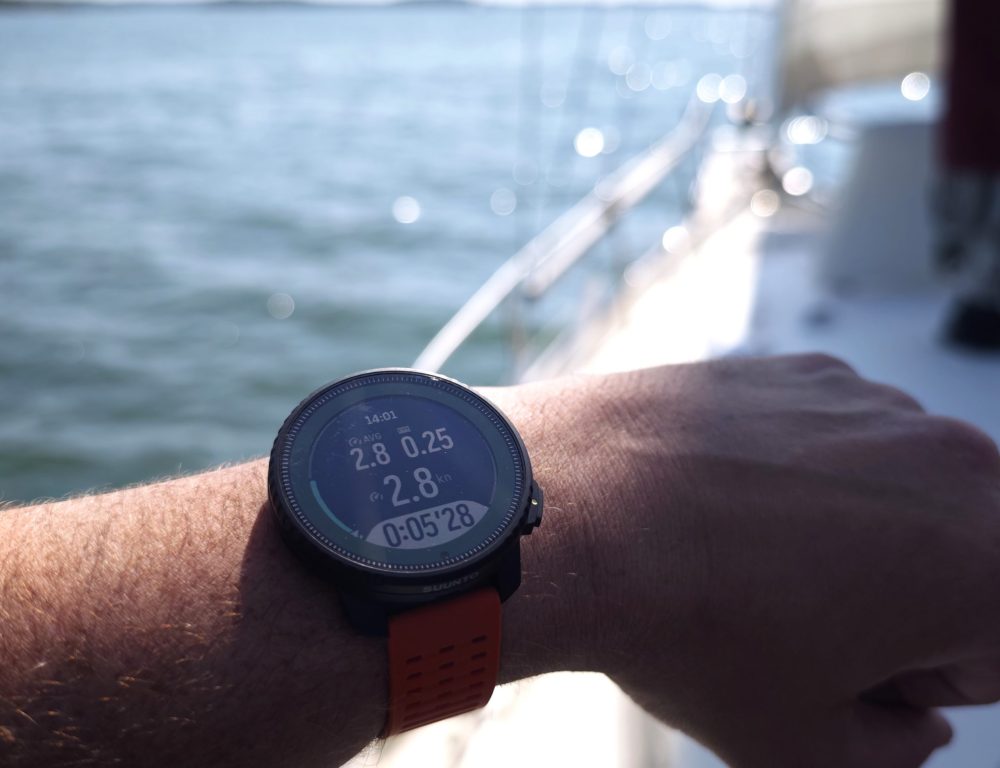
(Foto: senses.se)
During a summer sailing trip, we evaluated the Suunto Vertical’s sailing training mode. The watch accurately displays speed in knots and provides detailed information on distances, times, and speeds. This data is valuable for both competitive and recreational sailing. The ability to visualize upwind sailing routes on a map as a shareable video is a notable feature. (We are unsure about the persistent spinning effect in the videos.)
Cycling

(Foto: senses.se)
The cycling training mode performed as expected. The Suunto Vertical accurately tracked and presented relevant data. The app provides a comprehensive overview of cycling activity. The screen remains highly visible even with polarized glasses, and the wrist-wake function is consistently responsive.
Snorkeling
Our brief snorkeling test provided insights into the mode’s capabilities. The watch tracks total time, individual dive duration, number of dives, water temperature variations, pulse, and depth. Reviewing the data afterward is both educational and insightful, particularly in observing pulse changes during oxygen recovery.
Swimming
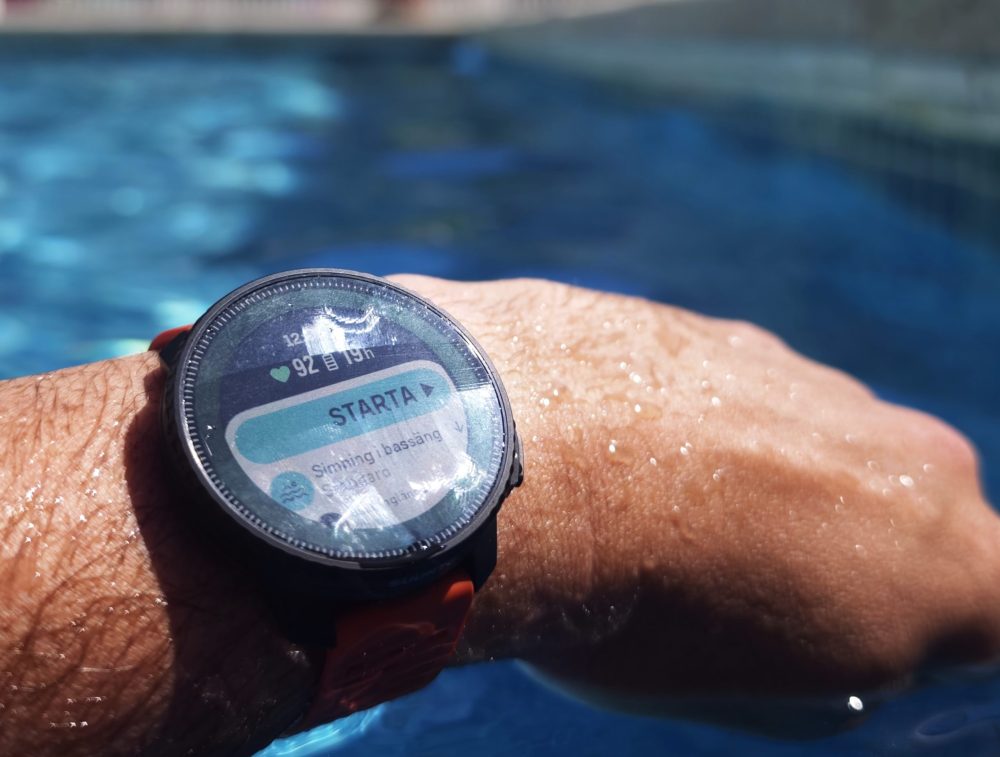
(Foto: senses.se)
We were least impressed with the swimming mode. GPS tracking was inconsistent, providing limited feedback on swimming patterns. While pulse, water temperature, and other metrics were captured, location data was unreliable. Testing in both open water and a pool yielded subpar results.
Motorsport
We recorded data during a bus ride, which is not representative of motorsport, but the test highlighted the Suunto Vertical’s ability to maintain accurate speed, average speed, and position, even with a fully covered roof potentially disrupting GPS reception. This reliable performance is likely due to the watch’s simultaneous use of four satellite systems and tracking of up to 32 connected satellites (GNSS frequency support on L1+L5).
Conclusion – Suunto Vertical Solar Canyon
The Suunto Vertical is a utilitarian tool designed to enhance training in various disciplines, provide data, and encourage users to push their limits. It also functions well in everyday life, provided restrictive wristwear is avoided. It delivers on its core promises with high competence and offers a battery life that allows for charging every three weeks (at least in sunny conditions). Numerous battery-saving features are available but were not utilized during our testing. Training modes cater to a wide range of activities, and the Suunto app presents results with detailed clarity. The screen is clear and highly visible, even in direct sunlight.
The key question remains: is the Suunto Vertical Solar Canyon worth the price?
The market offers numerous competitors at various price points, making direct comparisons challenging. The Suunto Vertical Solar Canyon retails for approximately 6,600 SEK, representing a significant investment. However, it provides substantial training features, making the value proposition dependent on individual priorities. The ability to operate for over 500 hours without carefully managing battery consumption is a major advantage, ensuring it remains active during extended adventures. If adventures exceed three weeks, a one-hour recharge is sufficient.

(Foto: senses.se)
The Suunto Vertical is durable (appearing new after three weeks of use) and offers adequate smartphone connectivity for notifications and media control. We consider it a worthwhile investment for users who prioritize a robust training companion. Those who only require basic cycling or running metrics may find cheaper and simpler alternatives, such as the Suunto Run.
However, for users seeking a reliable, data-driven tool, the Suunto Vertical Solar Canyon is an excellent option.
Suunto provided review units for this evaluation. The provision of materials does not influence our editorial independence. Our reviews are conducted with the interests of our readers and consumers as our primary focus.
